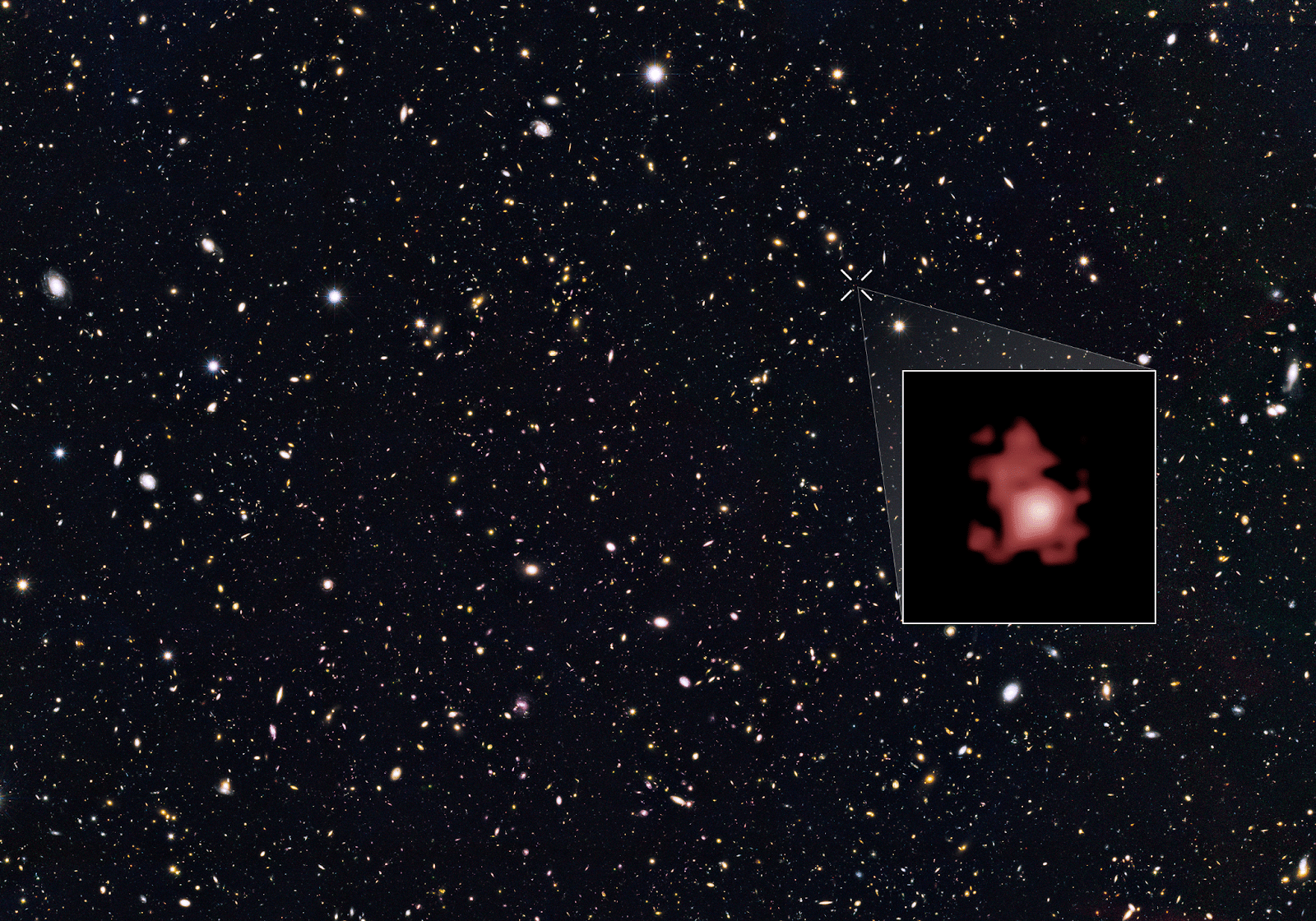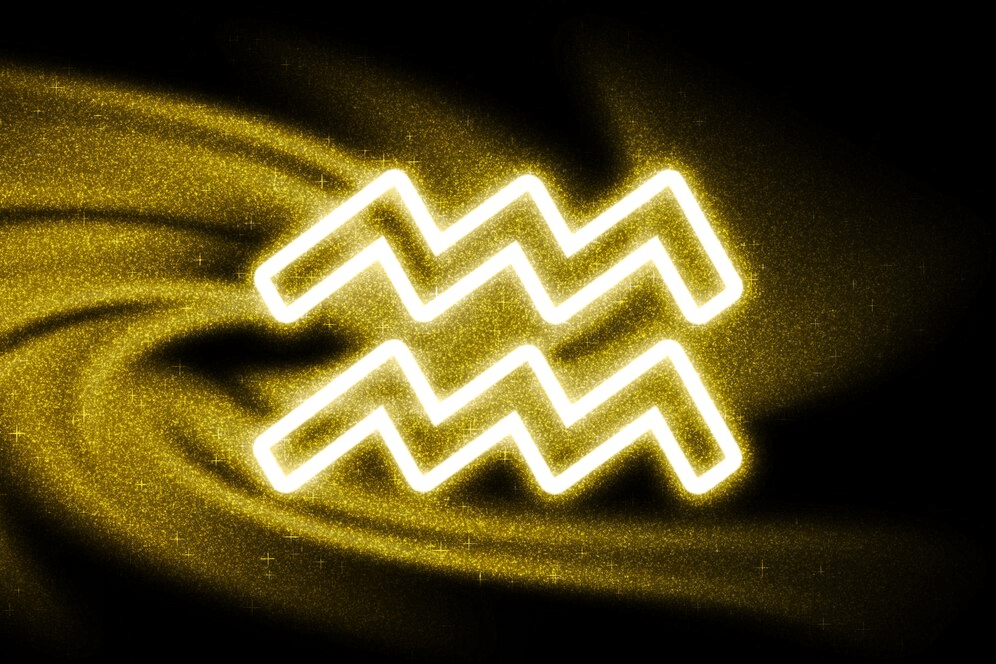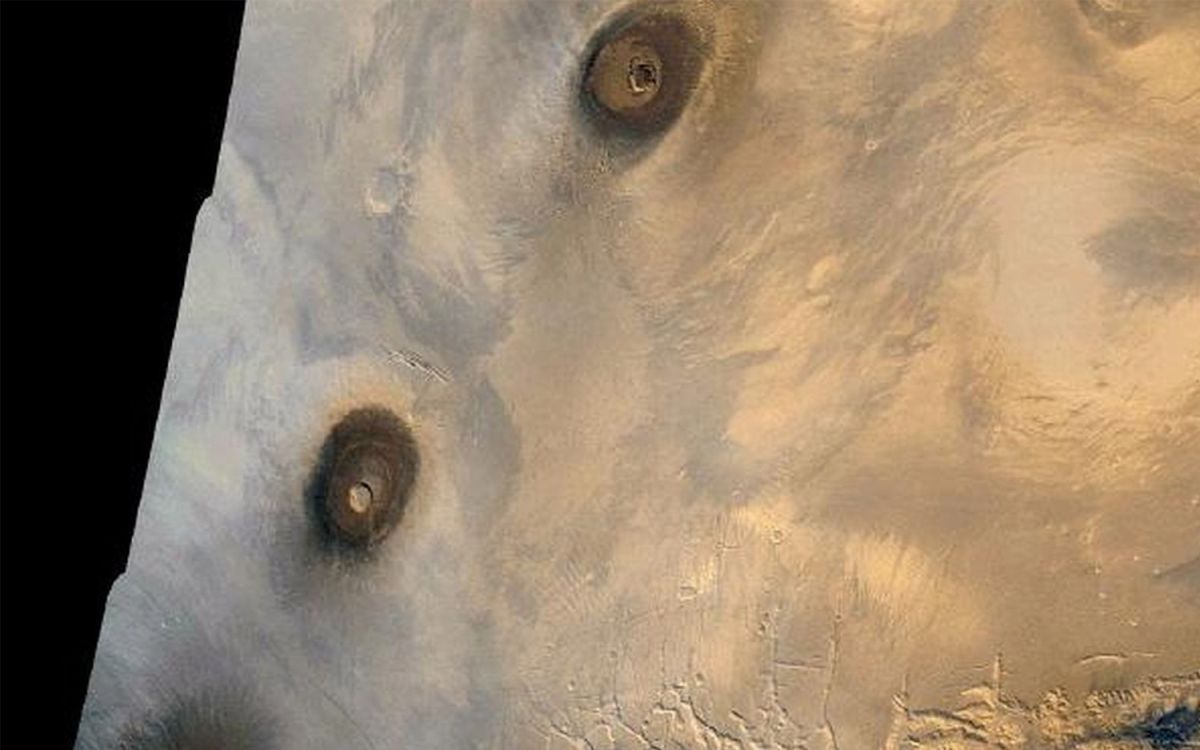Have you ever seen an Orange Moon? How about a Blue Moon? You may hear people talk about the moon changing colors. Does it really change colors? There are a few factors that can influence how we can interpret the color of the moon, like the location of the observer and the position of the Sun and Moon. In this article, we’ll examine the different appearances of the moon.
Orange Moon
This apparent color change usually occurs when the moon is very low on the horizon. Any light emitted by a celestial object that is too low on the horizon will have to encounter some ‘hurdle.’ This factor affects the way the moon appears to you.
It must pass through much more of the atmosphere to reach you than if it were just above your head in the sky. This means that the light passes through many more particles, gases, and pollution, which explains the orange glow of the moon.
Blue Moon
The last actual Blue Moon occurred from the eruption of Krakatoa in 1883, which tinged the moon blue for almost two years. The saying, “Once in a Blue Moon,” refers to the extremely long periods between blue moon occurrences.
Scientifically, a blue moon is a natural phenomenon from the ashes of a volcanic eruption or forest fire. The plumes of scattered particles block out the red light of the moon’s typical spectrum; only the blue light can get through.
Red Moon
During a total lunar eclipse, the Earth moves between the Sun and the Moon and cuts off the Moon’s light supply. When this happens, the surface of the Moon takes on a reddish glow instead of going completely dark. How does this happen?
When sunlight enters the Earth’s atmosphere, it scatters particles smaller than the light’s wavelength. Colors with shorter wavelengths, like those towards the violet spectrum, scatter more than those with longer wavelengths, like red and orange. The moon can have different shades of red.
Yellow Moon
June’s full moon is called the honey moon; because of all the full moons of the year, it is the one most likely to glow yellow throughout the night. In June, the sun is highest in the sky in the Northern Hemisphere.

In this period, the moon is the lowest in the sky. Whenever the moon is low in the sky, we see it through a thick atmosphere that turns yellowish; sometimes, it might appear a bit reddish, just like the setting sun.
Pink Moon
According to the Old Farmer’s Almanac, the April full moon, also called the Pink Moon, gets its name from the appearance of the Phlox flower in North America. April full moons mark festivals and holidays in other parts of the world.
In India, Hindus celebrate the birth of Hanuman in a festival called Hanuman Jayanti. The April full moon will also mark the beginning of Passover for the Jewish people. The Easter full moon usually follows the vernal equinox on March 21.







